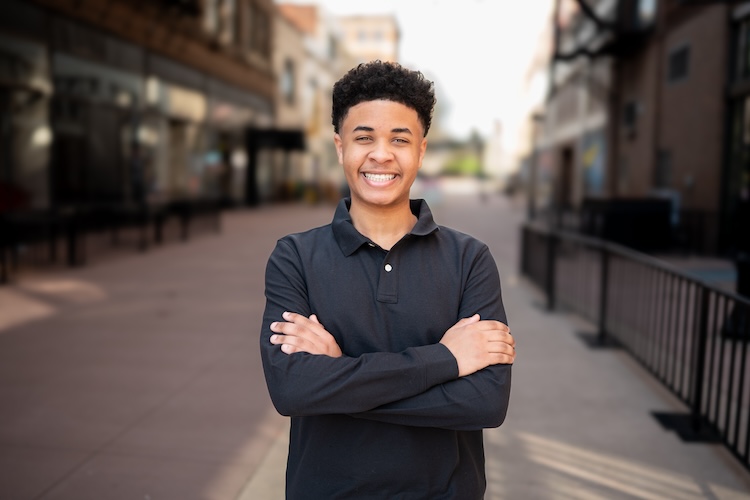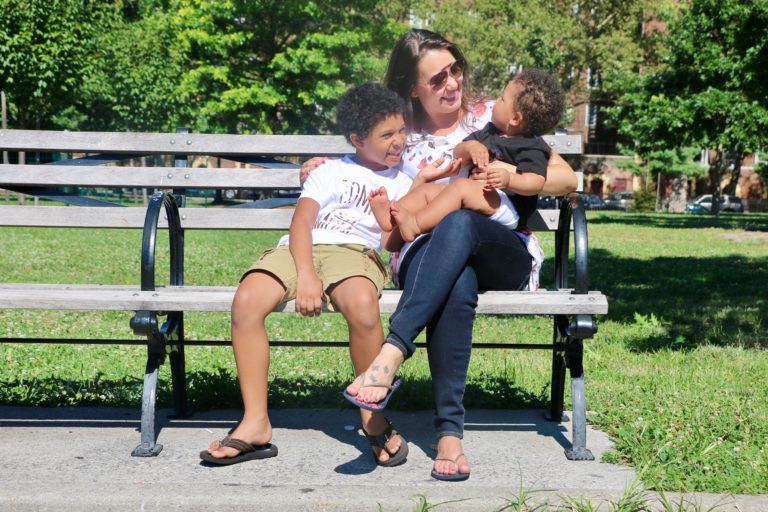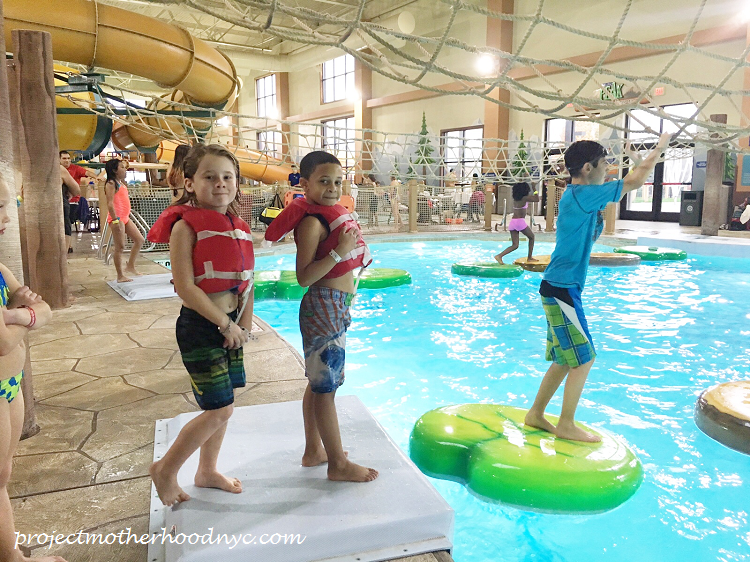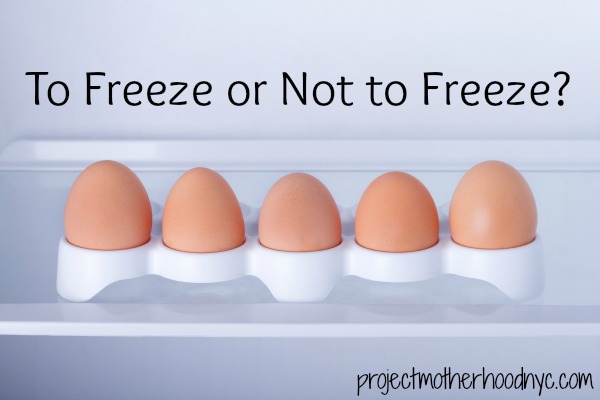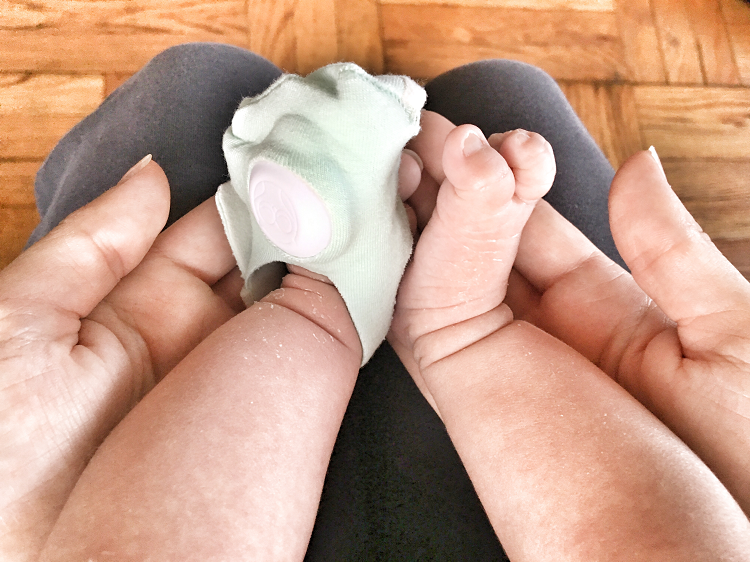Navigating ADHD in teens is a unique journey—especially during the transition after high school. In this heartfelt post, I share how we’re supporting Branden through the next phase with ADHD, what’s working, and how we’re redefining success on our own terms.
I’ve always promised to share the real parts of our journey here—and today’s post is one of those pieces that’s both personal and universal. We’re talking about ADHD in teens, and specifically, where we are right now with Branden as he moves through the teenage years and prepares for what comes next.
I recently opened up about my process of thinking that I possibly had ADHD myself, and then my journey of getting diagnosed, but it sparked a lot of questions from this community. A lot of you asked about Branden since I shared a lot about our journey with getting him diagnosed, so I wanted to update you.
This stage—the almost ready to graduate high school chapter—has been one of reflection, frustration, hope, and honestly, a lot of re-strategizing. Because ADHD doesn’t go away when the cap and gown are folded. It doesn’t automatically become “manageable” just because your child is taller, older, or closer to adulthood. In fact, in many ways, it becomes even more complex.
RELATED: ADHD in Children: Our Journey
Branden is currently a junior in high school, so pretty much on a daily basis we go back and forth about future career plans and having the military (like Dad!) vs. college conversations.
The Reality of ADHD in Teens
ADHD in teens is often misunderstood. It’s not just about being distracted in class or forgetting to turn in homework. It’s about emotional regulation, executive function, social challenges, and trying to build a future when your brain processes everything differently.
For Branden, that’s meant:
- Navigating classes that move too fast
- Juggling pressure from peers and school
- Struggling with long-term focus and motivation
- Feeling overwhelmed by choices for what’s next
And for me, it’s meant:
- Letting go of traditional timelines
- Advocating, always
- Staying present through both the wins and the tough moments
- Reminding him (and myself) that success doesn’t look the same for everyone
RELATED: Foods to Avoid When Choosing an ADHD Diet for Children
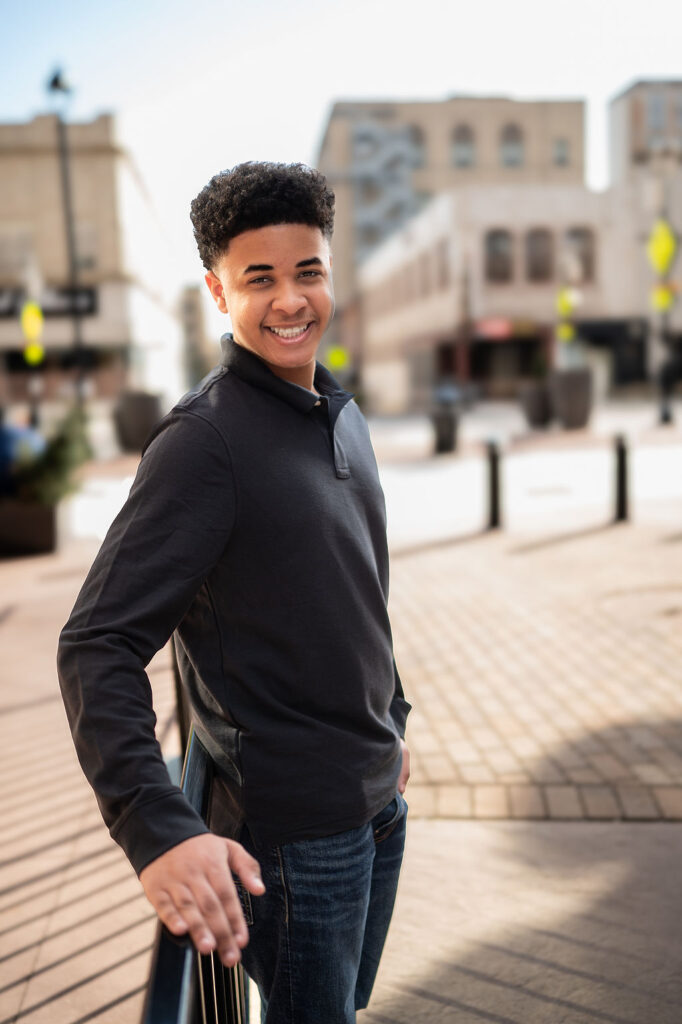
The Transition After High School
There’s a huge pressure on teens to “have it all figured out” by the time graduation rolls around. And when your child is dealing with ADHD, that pressure can be crushing.
We’re currently in the thick of planning what comes next—and no, we don’t have all the answers yet. But we’re leaning into a few guiding principles that are helping shape this next chapter:
1. Redefining Success
College isn’t the only path. And even if it is part of the journey, it doesn’t have to happen right away—or look like a traditional four-year experience. Trade programs, internships, community college, part-time classes… they’re all valid.
Branden is creative, passionate, and brilliant in ways that don’t always translate to test scores. And we’re learning to embrace that.
RELATED: The Mental Weight on an ADHD Mom
2. Identifying His Strengths
One of the best things we’ve done is focus on what lights him up—not just what’s expected. ADHD in teens can come with challenges, but it also brings strengths like creativity, problem-solving, and big-picture thinking. Branden thrives in hands-on environments and thinks outside the box. That’s what we’re building his future around.
3. Creating Structure (Without Rigidity)
We still use calendars, checklists, and visual reminders. But we’re also giving Branden more independence and voice in his daily planning. This helps him build the skills he’ll need as a young adult while still having the support that ADHD often requires.
RELATED: Behavioral Therapy for ADHD: Branden’s Update
Letting Go of the Timeline
I’ll admit—it’s hard not to compare. I see friends’ kids choosing colleges, getting jobs, moving away. And sometimes, it stings. But then I remember: Branden’s journey is just as valid. His timing is just as right.
ADHD in teens doesn’t mean they’re broken. It means they may need a different route—and that’s okay.
We’ve had to let go of:
- Rigid expectations
- What we thought the “next step” should look like
- Timelines that don’t serve his growth
And in letting go, we’ve made space for what does work—for him.
RELATED: Parents Guide to ADHD: Back to School Edition
What’s Helping Us Most Right Now
If you’re in this stage too, here are a few things that have made a difference for us:
- Open communication: We have weekly check-ins where Branden leads the conversation. This keeps the focus on what he wants and needs.
- Small wins: We celebrate progress—big and small. Got to class on time all week? Win. Sent the email he’s been avoiding? Win. Success stacks up.
- Community: Finding other parents walking similar paths has been incredibly helpful. You’re not alone, and neither is your teen.
- Realistic expectations: Progress isn’t linear. Some days will feel like a setback. Others will surprise you.
RELATED: Diagnosing ADHD In Children
The Bottom Line: He’s Not Behind—He’s Becoming
This is what I keep coming back to: Branden’s not behind. He’s becoming.
He’s becoming more self-aware, more confident, and more in tune with what he wants for his life.
That’s the real win.
RELATED: 5 Things I Remind Myself Daily As an ADHD Mom
Final Thoughts
ADHD in teens is layered. It’s messy. It’s emotional.
But it’s also full of opportunity, growth, and moments that will make you pause and think: We’re going to be okay.
To every parent in this same stage—I’m with you. Keep showing up. Keep advocating. And remember: your teen’s journey doesn’t have to look like anyone else’s to be worth celebrating.
We’re figuring it out, together. 💛
XOXO,
Allison

